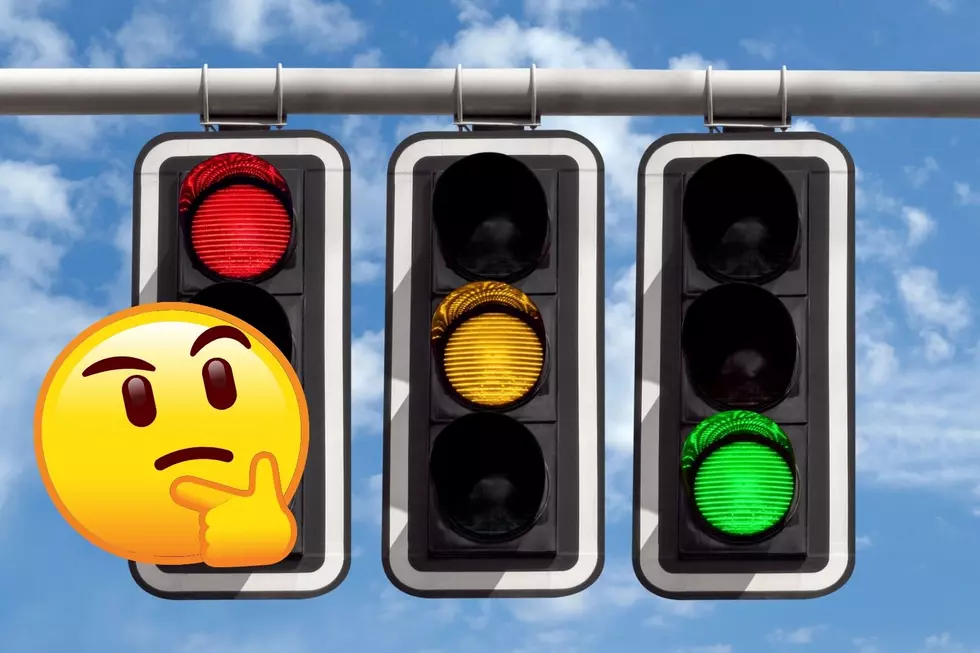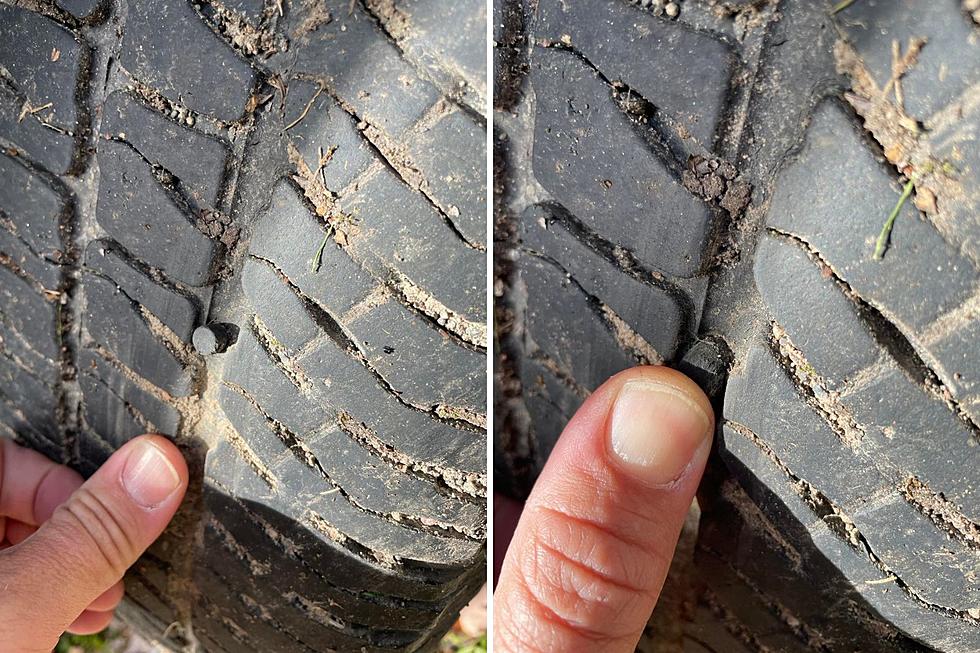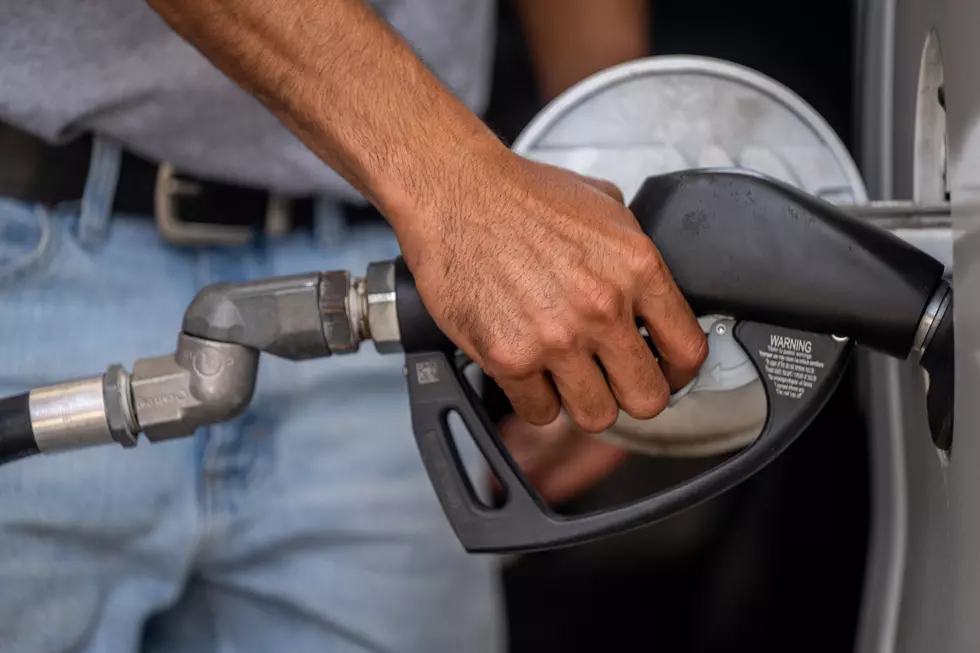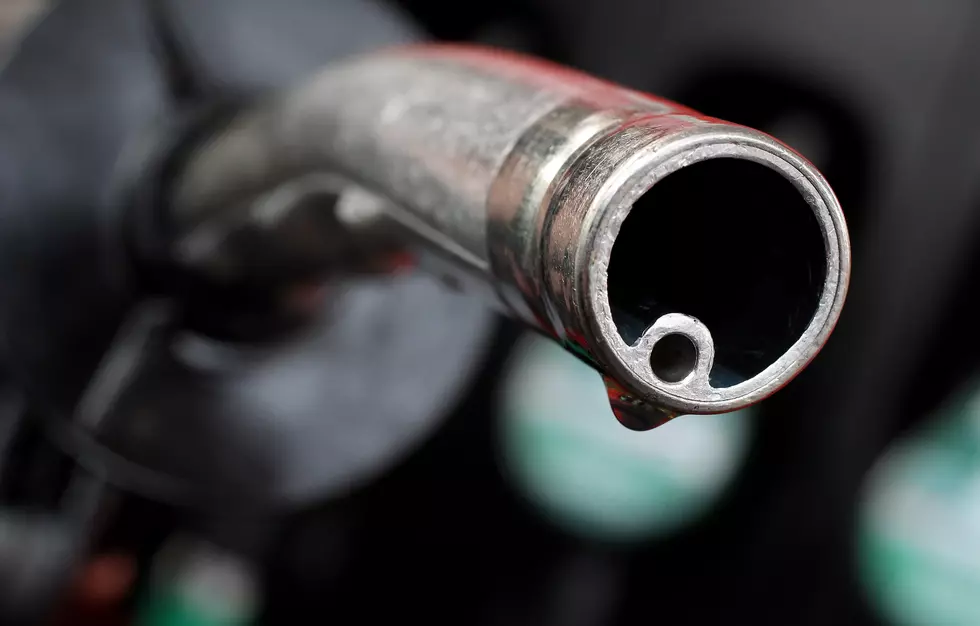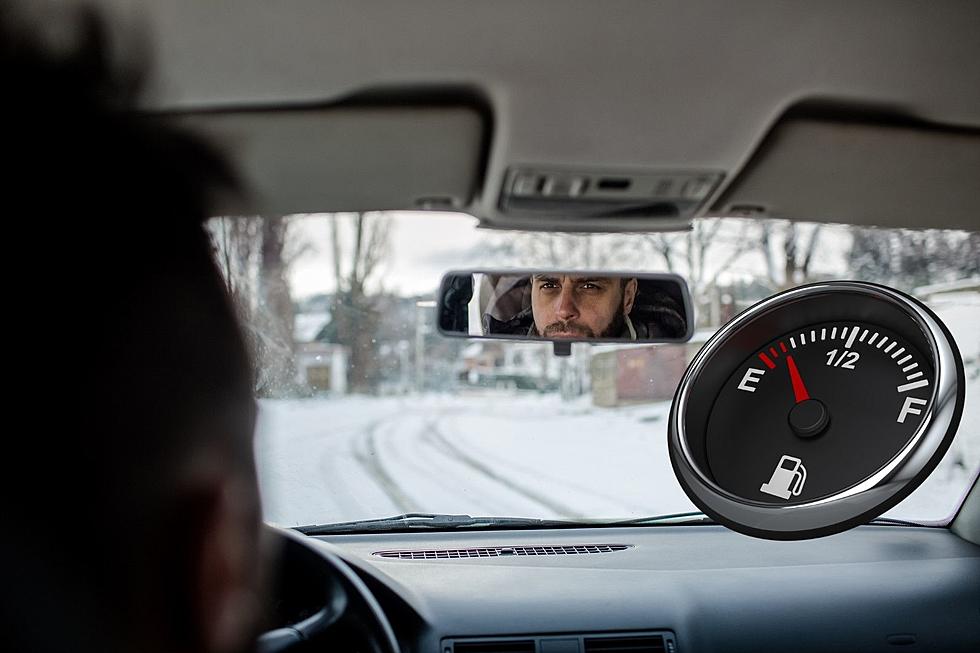
10 Reasons Your MPGs Suck More During Winter In Minnesota
Gas prices have been going up again lately. The national average gas price is now at $3.48 and that's hitting consumers at the pump. You may also be noticing that your vehicle's fuel economy hasn't been the greatest lately.
In Winter in cold climates like Minnesota, your gas mileage can be much less than in summer months. There are reasons behind this and even some tips to help you squeeze out every mile per gallon.
Some of this information is common sense, but you may also learn something new. The United States Department of Energy gives these reasons as to why your fuel economy is lower in Winter months.
Cold Engine + Cold Transmission
Cold weather creates more friction in your engine and transmission due to cold engine oil and transmission fluid.
It takes longer for your car to warm to fuel-efficient temperatures
As your engine warms, it becomes more fuel-efficient. If you are making short trips, it never warms enough for it's optimum temperature, causing you to burn excess fuel.
Defrosters, heaters, and heated accessories
Did you know that your window defroster uses your car's A/C? That reduces fuel efficiency. Also using heated seats and other accessories draws more power from the vehicle, making the engine work harder.

Wasting gas while warming up a vehicle when idling.
If you use remote start, you're getting 0 miles per gallon while it sits. That brings the average way down.
Colder air causes more drag.
Here's some science for you. Colder air actually increases aerodynamic drag.
Low tire pressure
You can lose several pounds of PSI in your car tires when it gets colder. Underinflated tires reduce your fuel economy as the tires don't roll as easy.
Winter-grade gasoline doesn't burn as well.
In the fall, refineries switch to winter-grade gasoline for environmental reasons. The problem is the winter blend of gasoline has less energy per gallon.
Even EV vehicles have reduced range in cold weather.
Electric and hybrid vehicles have poorer battery performance in colder weather. This also can affect regenerative braking systems. EVs also use battery power for the heater and defroster, which also takes away range.
Read More: Search Is On For Wisconsin War Hero's Plane
Icy Roads decrease your tire's grip, wasting energy.
When you drive on slick roads, your tires spin more. That's wasted fuel.
Slowing down to drive safely isn't fuel efficient, but it is necessary.
Driving at lower speeds is necessary in severe winter weather to stay safe. Speeds lower than 30 or 40 mph don't get great gas mileage.
How you can improve fuel economy in colder months:
- Park in a garage if you can to keep the car warmer
- combine your trips so that your engine runs cold less
- Don't use remote start. Most cars only need to idle for 30 seconds before you drive.
- Limit the amount you use seat warmers and accessories
- Use the recommended type of oil from your vehicle manufacturer for winter weather. In some cases, they'll recommend a lighter-weight oil for cold weather.
- Remove any drag items not being used on the vehicle, like a ski rack, cargo storage, etc.
- EV and Hybrid vehicles that plugin should warm up while still plugged in.
- Using seat warmers instead of cabin heat can save energy in EV vehicles.
Learn more about cold weather fuel economy from the United States Department of Energy.
LOOK: See how much gasoline cost the year you started driving
Gallery Credit: Sophia Crisafulli
More From B105



